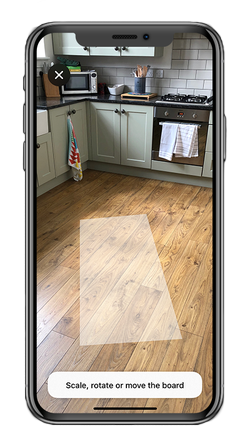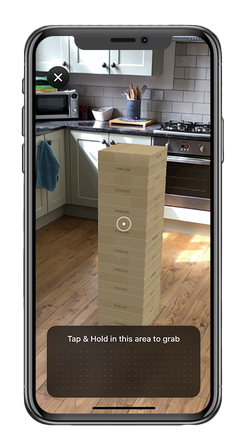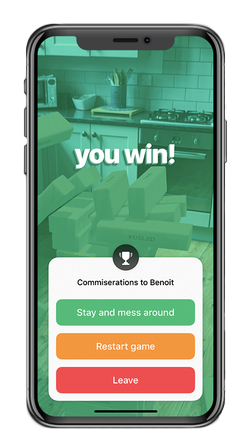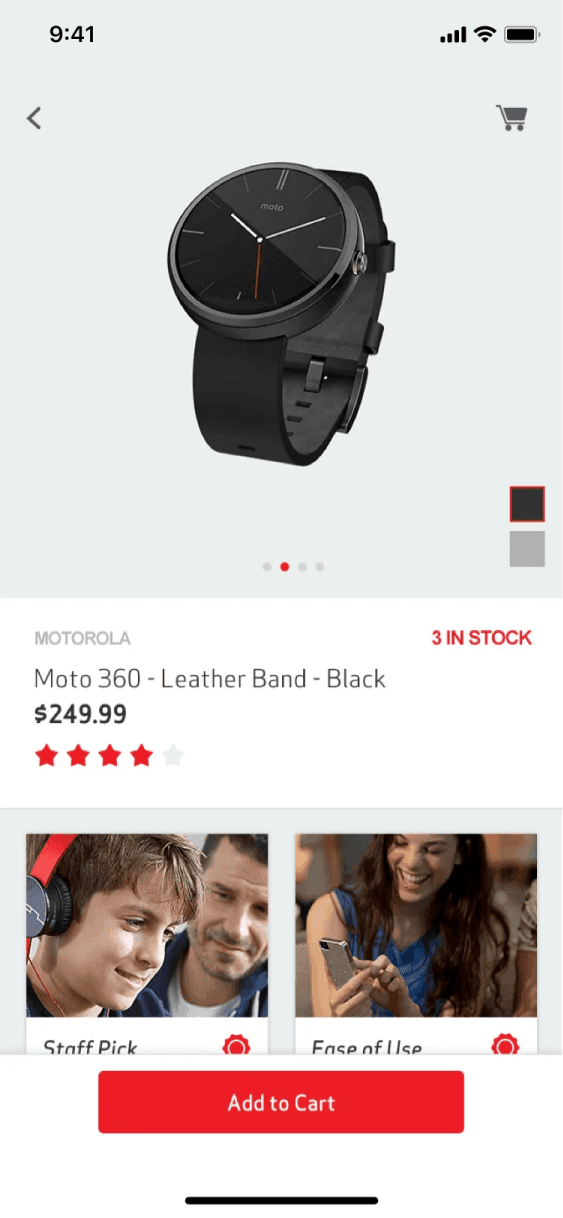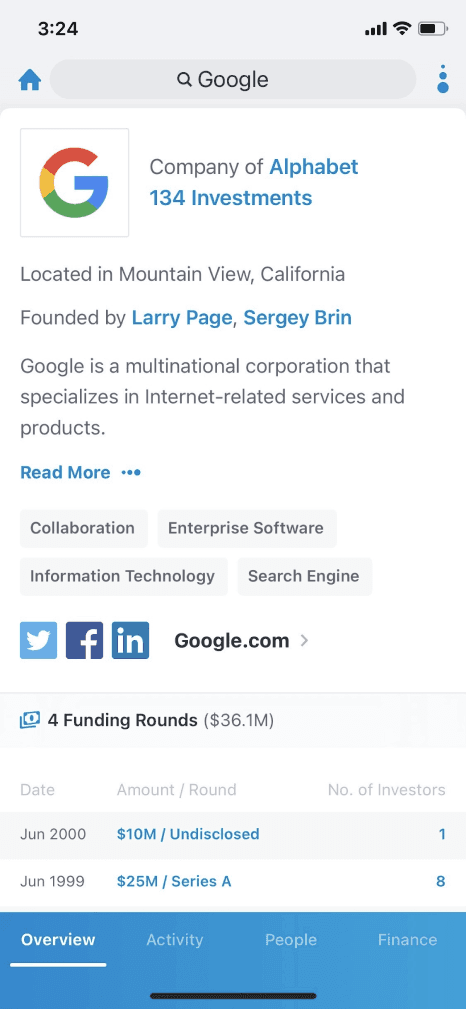Augmented reality lies in the mixed reality spectrum, which ranges from the physical environment to the virtual environment.
- First on the spectrum is the real world that we live in.
- Augmented reality is next on the spectrum, which is where aspects of the virtual world are layered over the real world (example: IKEA Place app).
- Then there’s virtual reality, where the user is immersed in a virtual environment but is aware of or utilizing the physical world around them (think virtual reality headset games).
- And at the end of the spectrum, there’s the digital environment, where you’re fully immersed in virtuality and completely unaware of the physical world around you.
The mixed reality spectrum allows developers to create a multitude of enhanced experiences for users across various platforms.
